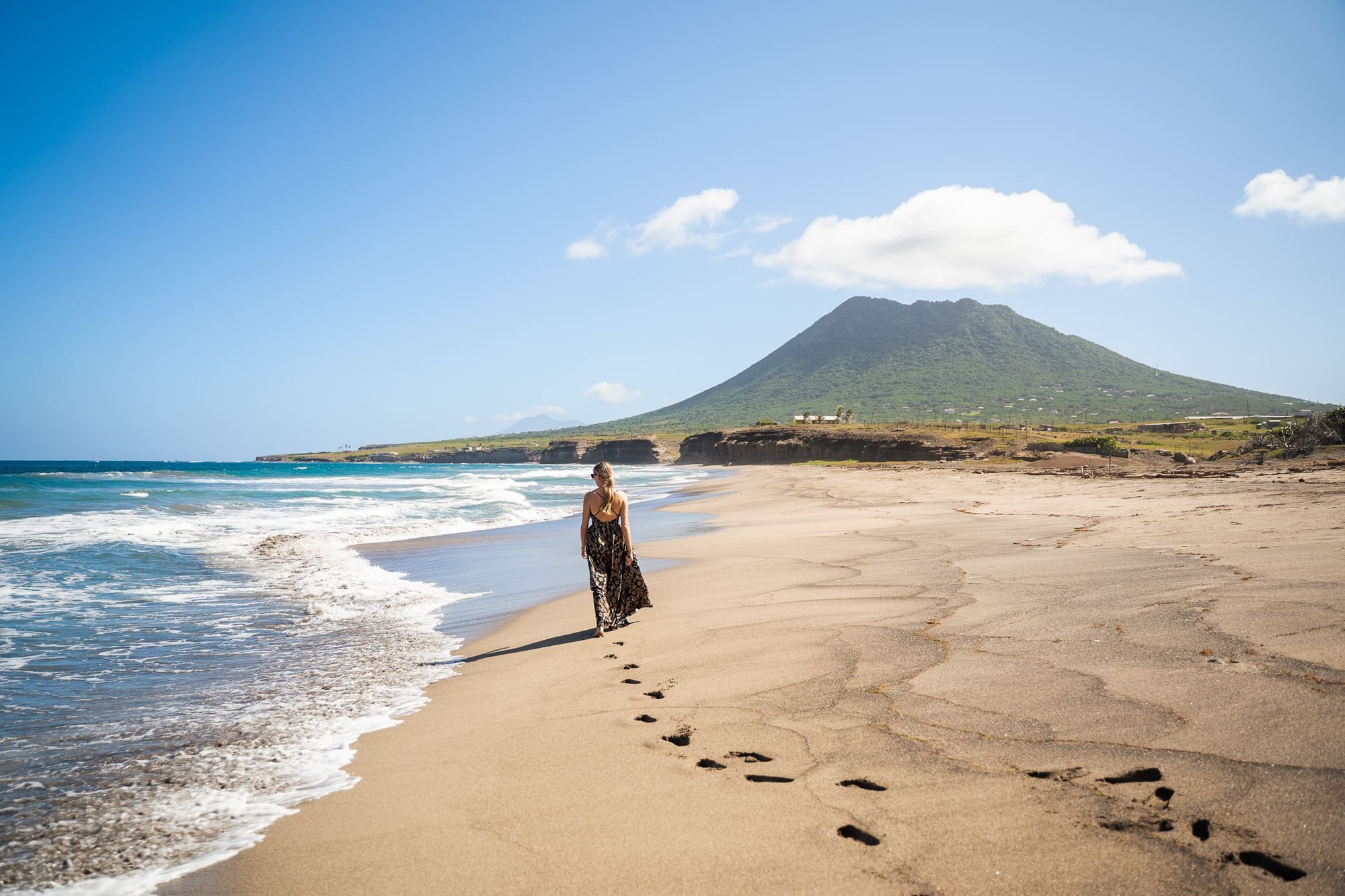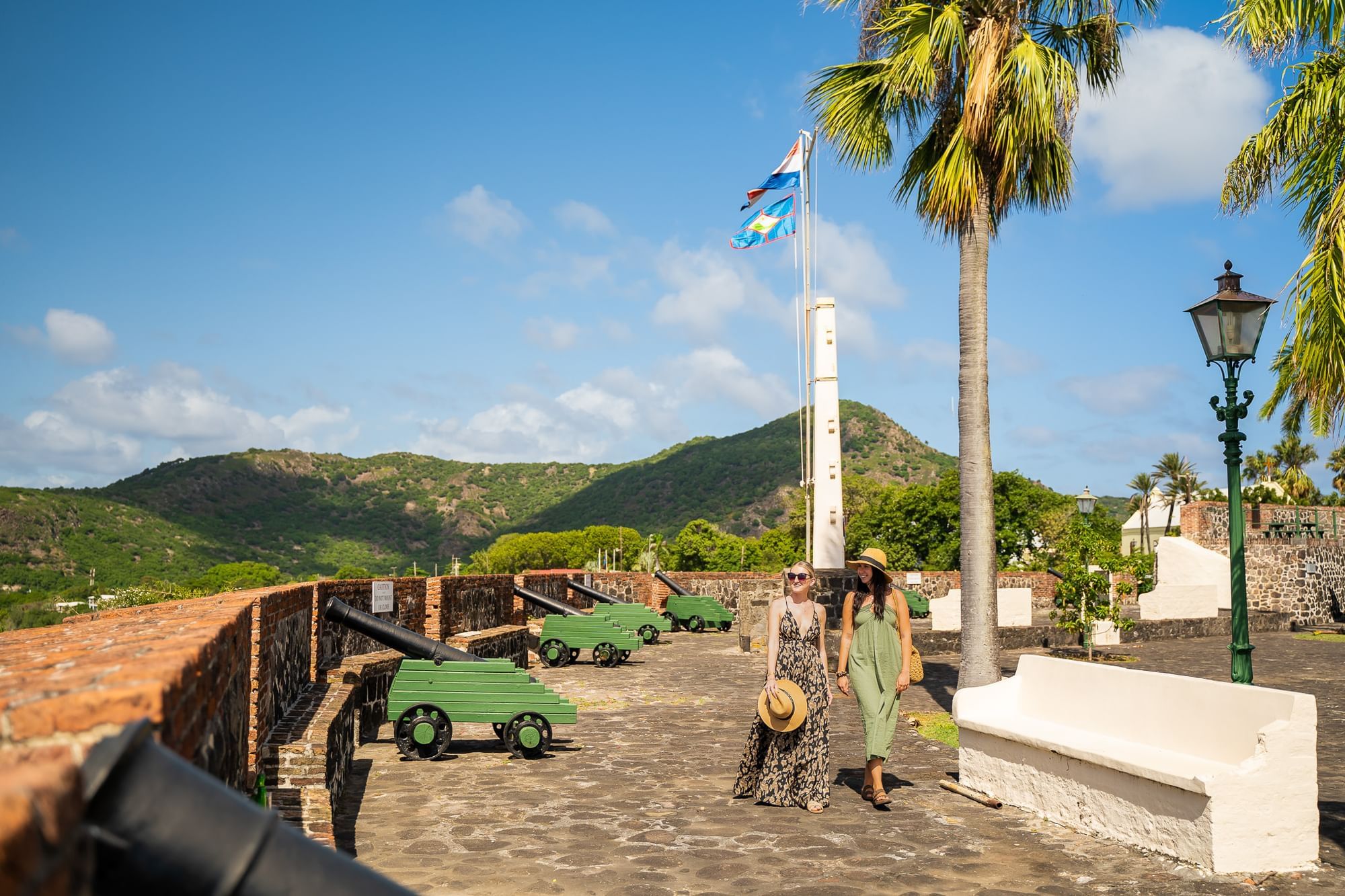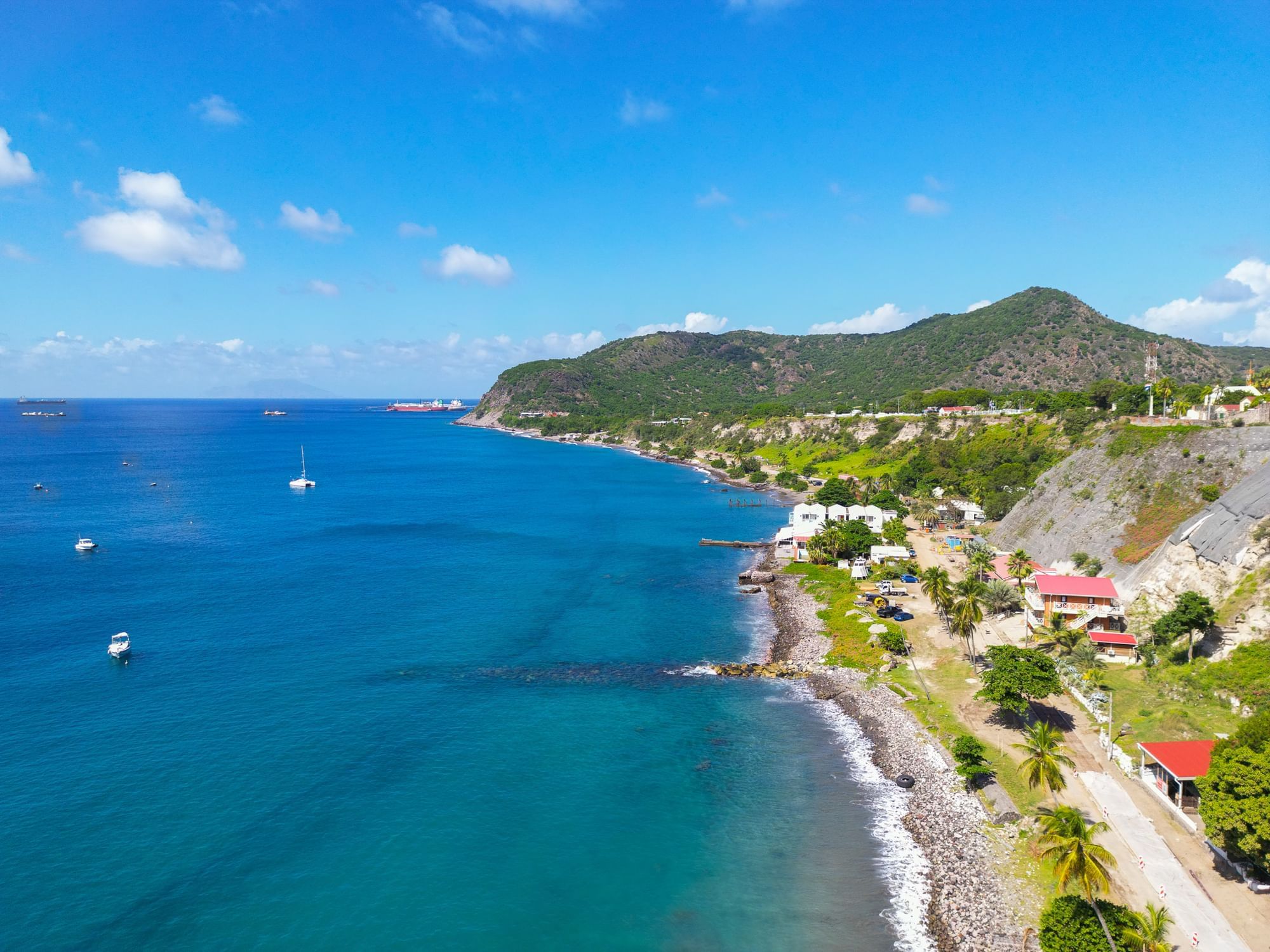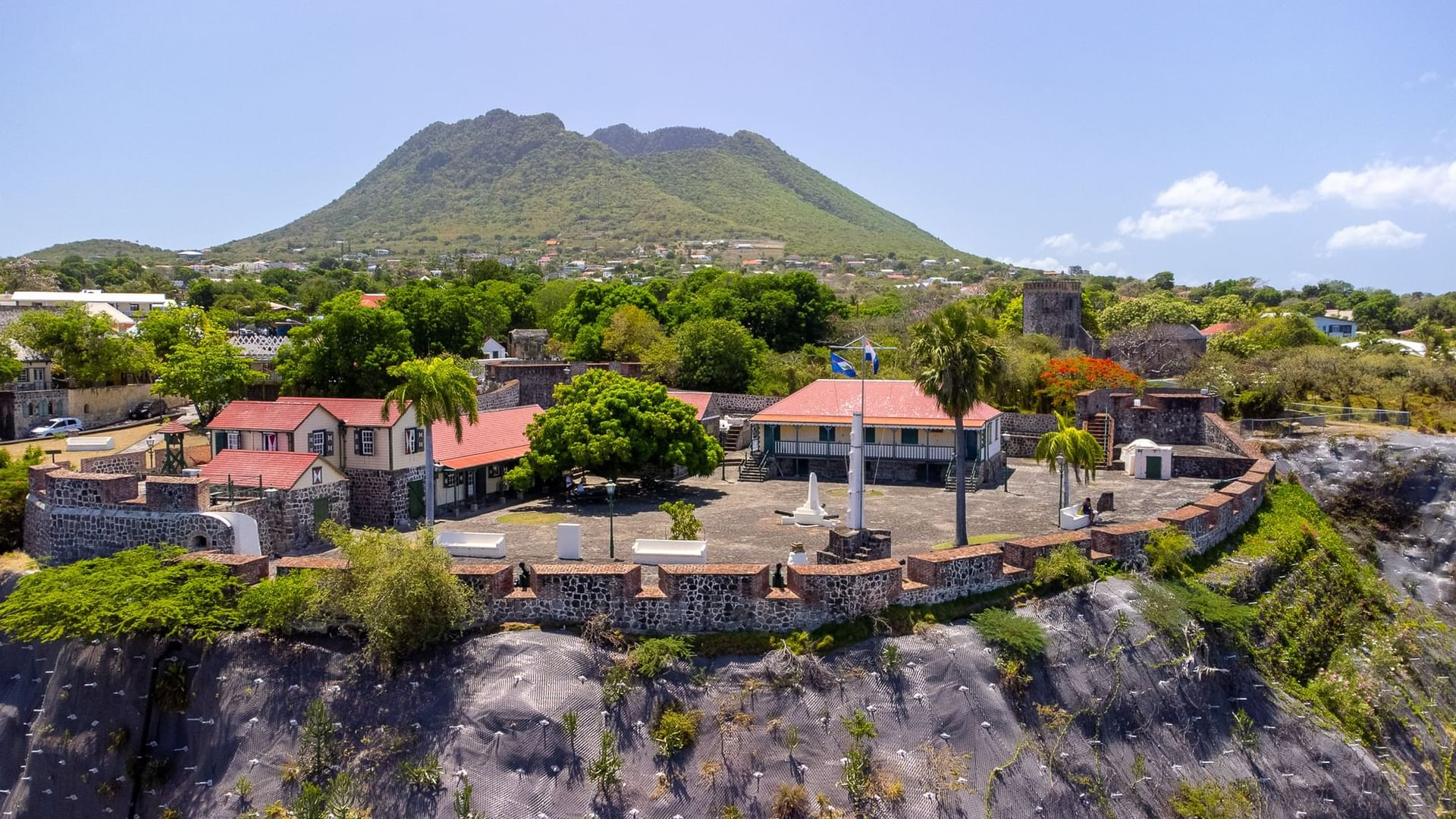




St. Eustatius (Statia) is the secret gem of the Caribbean. This idyllic Dutch island nestled between St. Barths, St. Maarten and St. Kitts has a rich history dating back to 1493 when the island was discovered by Christopher Columbus.
Christopher Columbus first sailed into the Caribbean Sea from Spain in 1492. He thought he had arrived in the islands near India. Therefore, he called the Caribbean islands the West Indies and the people who lived there Indians. Whilst he never set foot on Statia as he sailed past, he named the island St Eustache, after the Merchant Saint, a name which the island lived up to in the years to follow.
In 1625, English and French settlers arrived on the island and in 1629, the French built a wooden battery which you can now visit and is the location of one of our Forts, Fort Oranje. Both the English and the French left the island within a few years due to the lack of drinkable water as there was little fresh water resources on Statia at the time. St Eustatius changed hands a total of 22 to times between the French, English, Dutch and even the Sweeds.
When the Dutch occupied Statia in 1636, they removed trading tax, making the island and its waters a free haven and the busiest trading market in the whole of the Caribbean and even in the world at one point. This is where St Eustatius also earned its other nickname ‘The Golden Rock’.
The island was perfect for trading due to the deep-water anchorage in the bay, during the busiest years there were over 200 ships sailing into the harbor every day, all 100ft long or even longer.
During the years through turbulent weather or even conflict many ships sank which is now enjoyed by the global scuba diving community. St Eustatius offers some of the best scuba diving in the world, with over 300 known ancient shipwrecks in the bay. In 2022, ‘National Geographic’ termed our diving the best in the Caribbean.
Many of these ships had ballast for extra weight to keep the boats afloat, these were made from Dutch yellow bricks which in time were also traded to build the warehouses along the bay shore. In 1700, around 40 warehouses packed the beachside where all trading goods could be stored and in turn, the Dutch became very wealthy in this time and they named this movement the ‘WIC – West Indian Company’.

THE FIRST SALUTE
During the American Revolutionary War, the United States were seeking international recognition and support for its cause. In November 1776, the American brigantine Andrew Doria arrived in St. Eustatius, a Dutch-controlled island in the Caribbean.
The governor of St. Eustatius, Johannes de Graaff, recognized the Andrew Doria as a warship of a new nation and ordered a salute to be fired in its honor. This gesture was significant because it was the first time a foreign power officially recognized the United States by saluting its flag.
The salute from St. Eustatius was a powerful symbol of support for the American-cause and a blow to British prestige. It also marked the beginning of a fruitful trade relationship between St. Eustatius and the United States during the war.
Every year on November 16th the island celebrates ‘Statia Day’, short for St. Eustatius Day, an annual public holiday to commemorate the island's historical significance and its role in the American Revolutionary War.
Statia Day is a time for the people of St. Eustatius to reflect on their island's history, celebrate their cultural heritage, and honor the relationship between St. Eustatius and the United States. It is marked by various festivities, including parades, cultural performances, exhibitions, and traditional food and drink.
Statia Day is a special holiday that pays tribute to the historical connection between St. Eustatius and the United States, and it holds great importance for the people of the island.
